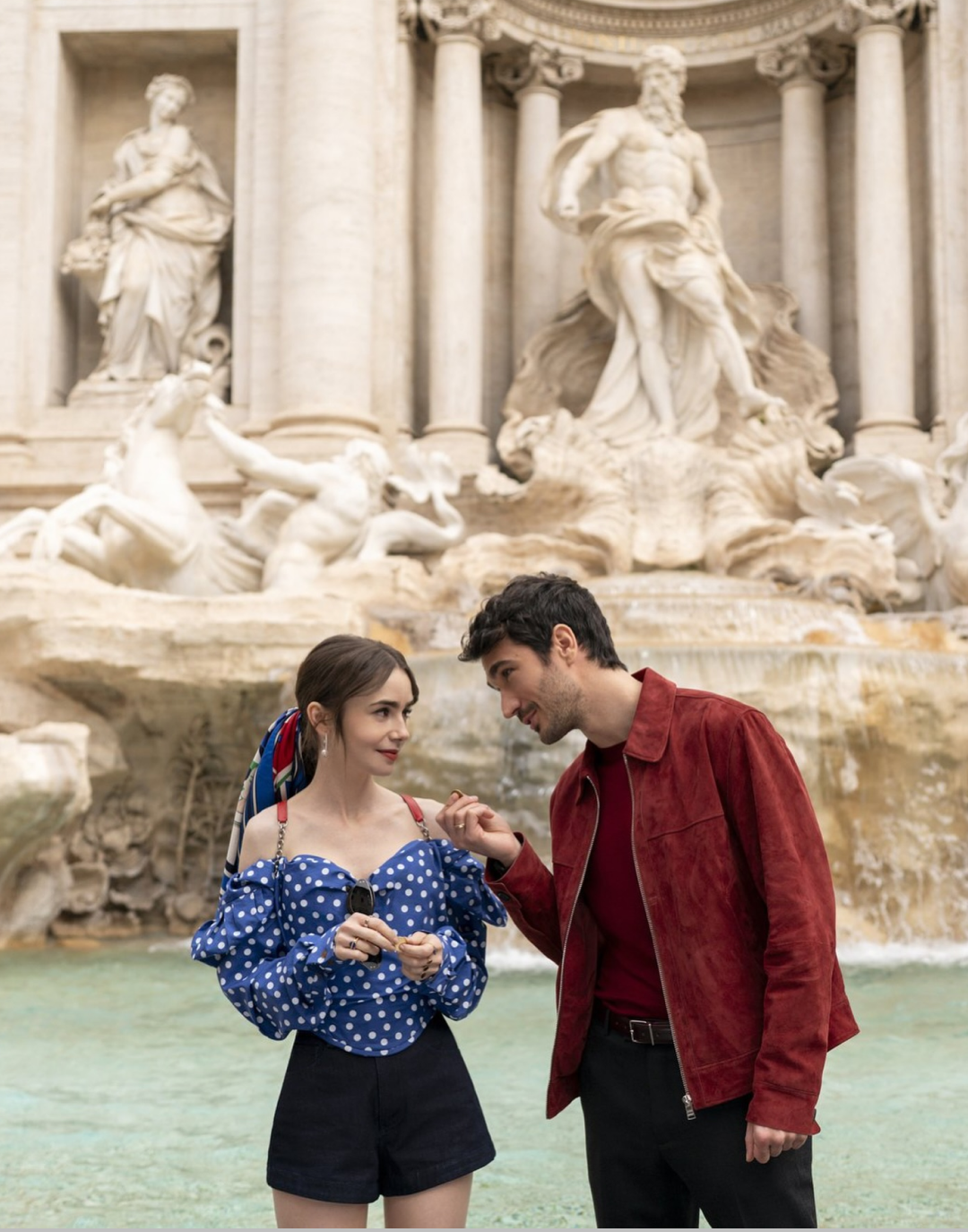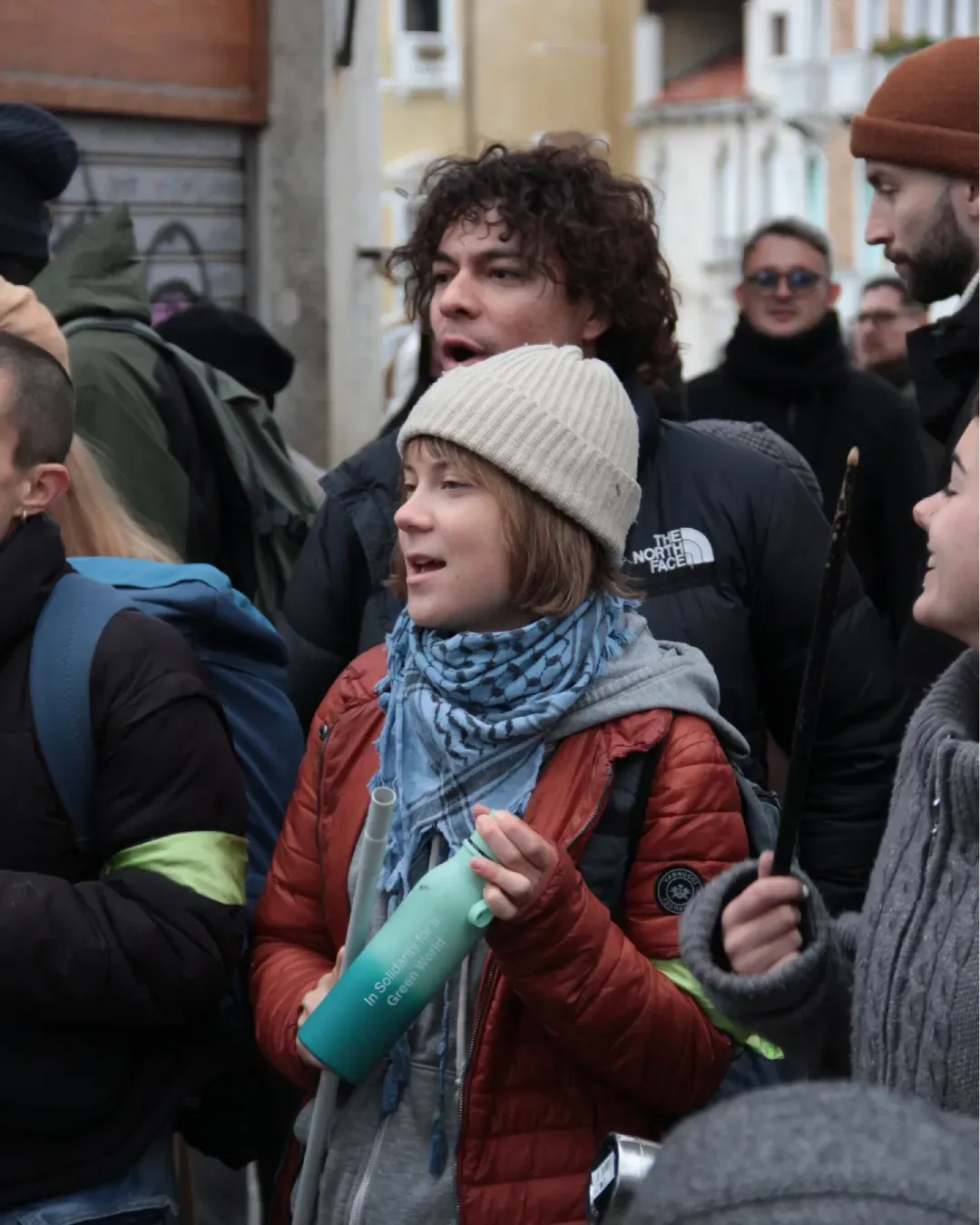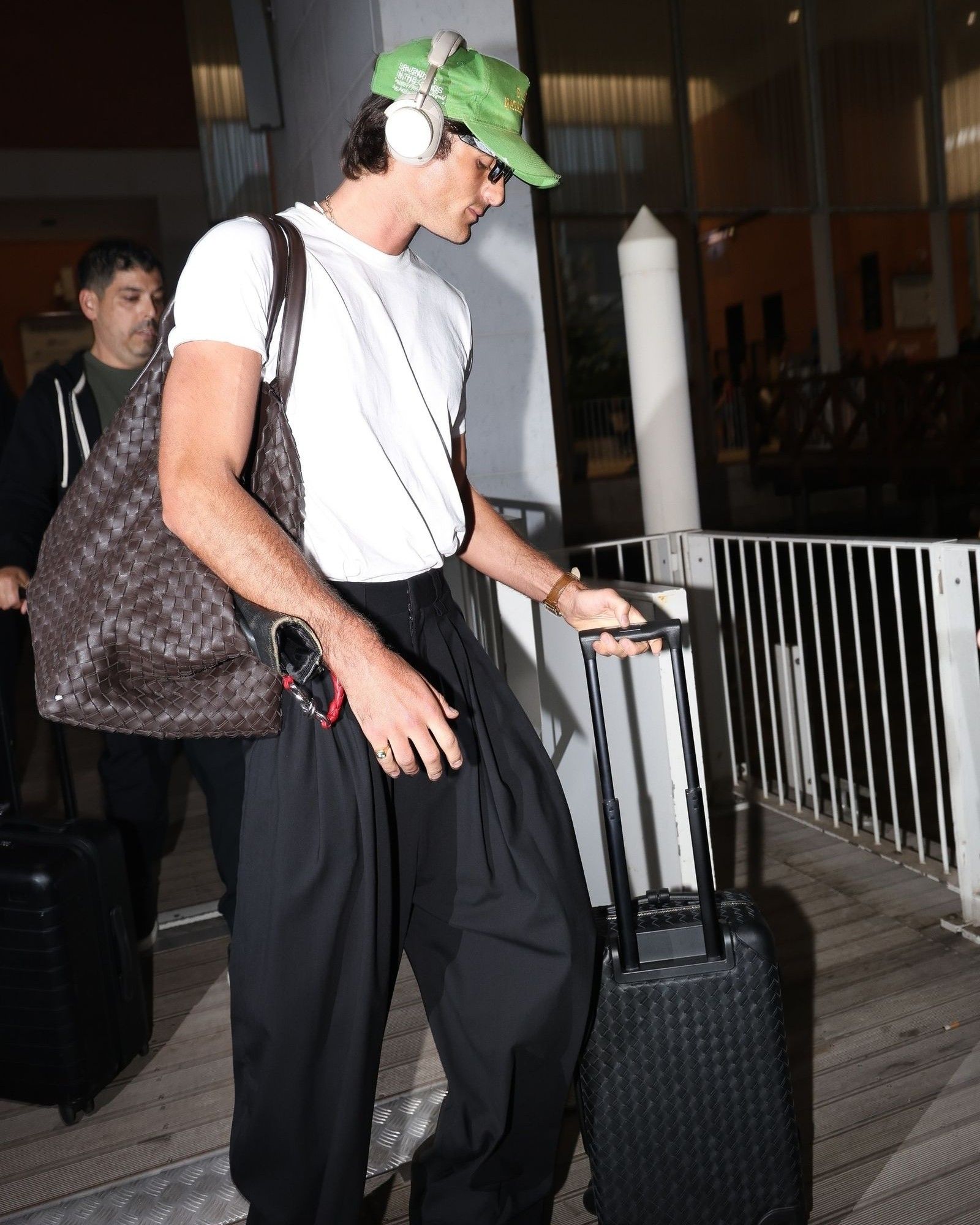
Are American tourists in Europe expecting too much? Why TikTok wants to reveal the unpleasant sides of #eurosummer
Last year, the video of an American woman named Lexi Jordan went viral, in which she described her vacation in Amalfi as «manual labor» due to the various logistical difficulties she faced in getting to the town in Campania, where cars are not allowed and, essentially, several infrastructures are lacking to make transportation and transfers easier. The Italian press tried to capitalize on the story by appealing to the Italians' sense of pride to stir up a kind of nationalistic indignation – in reality, just reading the comment section of the incriminated video is enough to understand that the tourist’s faux pas was not sufficiently researching before departing. Lexi Jordan's video seems to fit into a sort of narrative trend on American TikTok, manifesting under the hashtag #eurosummer, where tourists from around the world (mostly English-speaking) arrive in continental Europe complaining about the lack of services, public hygiene, difficulty finding water or vegetables at restaurants, and, in short, telling us that Europe is overrated. These complaints, whether real or imagined, seem to have become a true trend, so much so that on the Internet, memes have already started popping up about this type of content. But why has demystifying the romance of Europe become a trend?
the people who are saying they're wrong may have a point, but tourist trap europe is definitely guilty of this. like going to nos alive the other day and walking through belem i realized that you really need to venture out to get actually reasonable water prices https://t.co/iOTK7tPkXe
— rhys (@cloudyrisotto) July 15, 2023
As we said, most of this content can be found under hashtags such as #eurosummer or #europeansummer, and, basically, searching for it on TikTok one finds it alongside non-ironic videos of English-speaking tourists telling of an aestheticized, dreamy Europe. Granted that it is difficult to think that non-European tourists could hate Europe or be surprised that in cities such as Paris or Rome there could be as bad neighborhoods as in any other city in the world, the trend seems to be a semi-humorous reaction to the cultural juxtaposition between American and European societies - a juxtaposition that rests on clichés we all know very well. These videos, in their disarming obviousness (it is clear that even in cities as beautiful as Paris or Milan there are bad neighborhoods and run-down areas, for example) only indicate perhaps the existence of too many tourist traps, but they also point out the flaws that, in the case of Italy, it does not take too much effort to notice: from the bars that charge two euros for a bottle of natural water, to the thousands of strikes that make travel impossible, to cabs that cannot be found or that do not accept electronic payment, to the lack of cleanliness of the streets. Another thing these videos point out, if one could do a lucid examination of conscience without feeling too wounded in one's pride, is that our society has quietly allowed restaurants or stores with mediocre offerings with high prices to proliferate, creating areas in the historic center where a "real" restaurant with reasonable prices practically does not exist. As we wrote in a previous article on mass tourism, Italy depends on tourists (according to a WSJ article 10% of the Italian economy is fueled by this tourism) but Italians just can't seem to love them.
@testaccina Avoid scams in Italy, tourist traps and being overcharged on your #eurosummer vacation 2023! #italy #italytiktok #eurosummer2023 #scam #touristtrap #italytips son original - Pépé Iaco
At this point, however, it is necessary to make a fairly significant note. The problem of mass tourism, the unsustainable and even damaging kind, touches the most celebrated locations in our country but leaves substantially untouched other areas so lacking in infrastructure and services that they are naturally "protected" precisely because they almost lack global online visibility, or so hostile and unreachable as to discourage the tourist on the hunt for postcard Italy. And so the Cinque Terre end up as fodder for the hordes of Americans while residents retreat to the relative serenity of Bogliasco; and the Aeolian Islands become for three months of the year the destination of wealthy tourists in search of incredible Mediterranean scenery while locals take trips to Erice; abroad, many are familiar with Forte dei Marmi while Capalbio and Capraia remain basically quiet; and, on the Côte d'Azur, residents opt for Juan-les-Pins since both Nice and Cannes have become amusement parks for tourists in search of exorbitant restaurants and scenery to post on Instagram stories. At this point, perhaps it is better that certain places remain unseen and inaccessible-after all, the scent that remains bottled does not lose its essence.














































